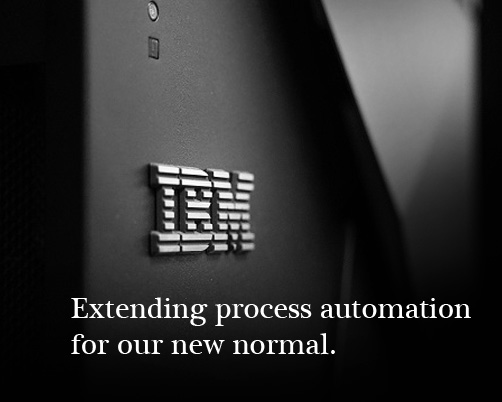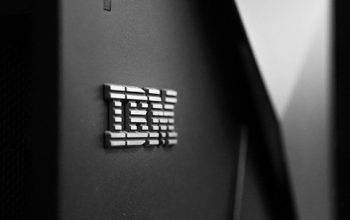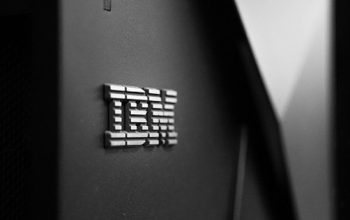Many companies are exploring advanced automation as an essential part of how we address our new normal. The COVID-19 pandemic has changed the dynamics of business and how we work. One example is YouTube, which serves over a billion hours of video daily for 2 billion logged-in users. In a recent blog post, the company noted that with fewer people in its offices around the world, automation software is doing more content moderation. “We have started relying more on technology to help with some of the work normally done by [content] reviewers,” the company said.
Supercharging automation with AI
Our new normal is driving client-demand to automate processes that eliminate repetitive, monotonous tasks and augment humans to produce super-human results more rapidly. To meet this demand, we are turbocharging automation with artificial intelligence (AI) to enable enterprises to automate a broader set of tasks, as the following examples illustrate:
- Task elimination targets simple, repetitive tasks across business and IT. Automating these tasks will free employees up to do more thoughtful work. For example, with closed offices keeping many of its workers away, PayPal has turned to chatbots, using them for a record 65 percent of message-based customer inquiries in recent weeks. “The resources we are able to deploy through AI are allowing us to be more flexible with our staff and prioritize their safety and well-being,” PayPal said in a statement.
- Task augmentation supports, speeds up, and increases employee efficiency. For example, with the increased use of online services during the coronavirus pandemic, AI-powered customer service agents can allow a single agent to help more users, decrease service queues, and increase customer advocacy. AI is used to gauge user intent and capture information and the nature of the problem the customer is asking the company to solve. An automation workflow can then examine possible resolutions without engaging a human. That being said, the most powerful form of task augmentation is when humans and AI systems work hand-in-hand in achieving the desired outcome.
To achieve these results, we are actively working to advance automation technology towards AI-powered automation, which we declare to be Automation 2.0. AI-powered automation is defined as a continuous closed-loop automation process where data patterns are discovered and analyzed, such that decisions on insights from the data can be translated into automated actions, with AI providing proactive optimizations during each stage of the process. AI-powered automation uses actionable intelligence to deliver IT and business operations with speed, lower cost, and improved user experience. The next section examines these four stages, illustrating how AI is transforming at each of these stages.





